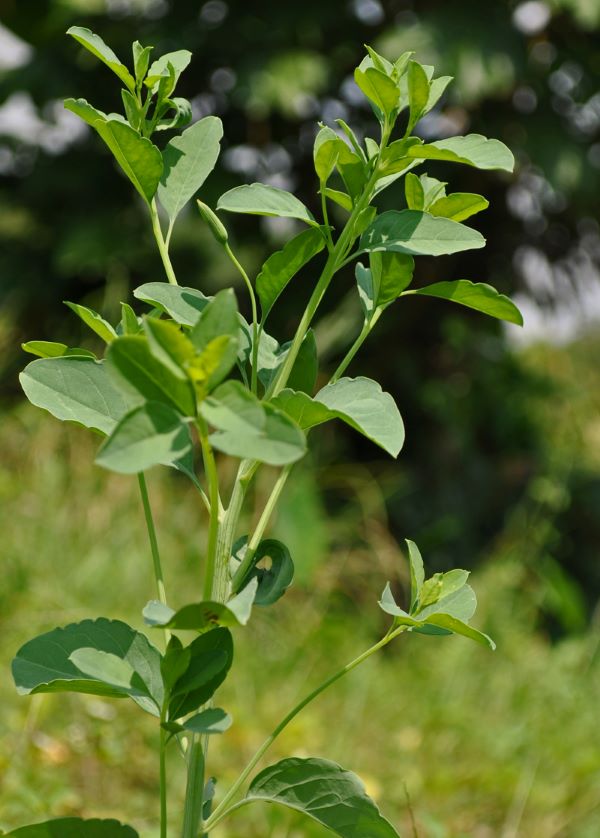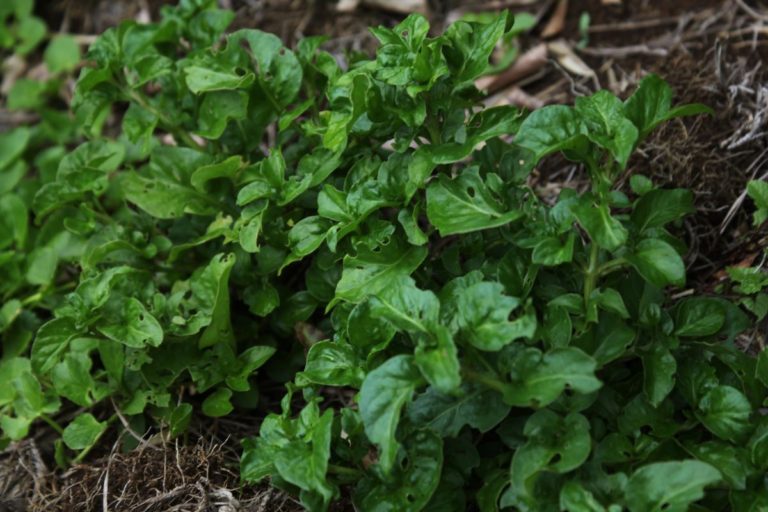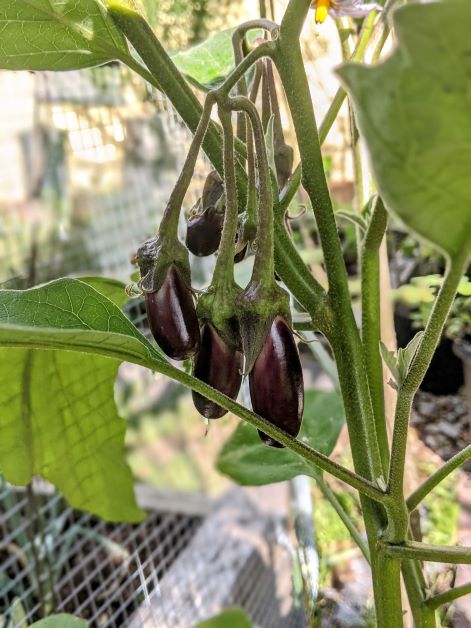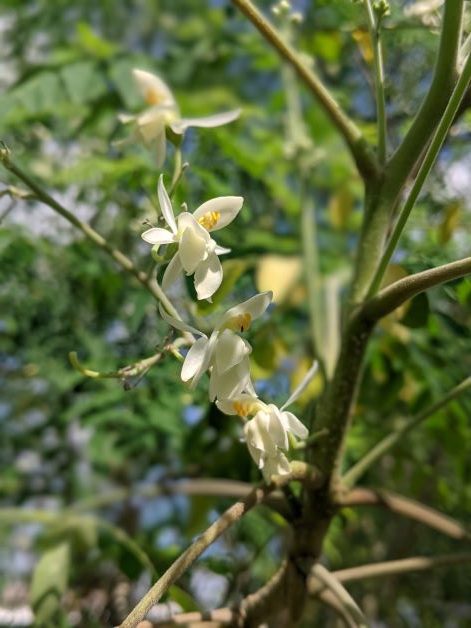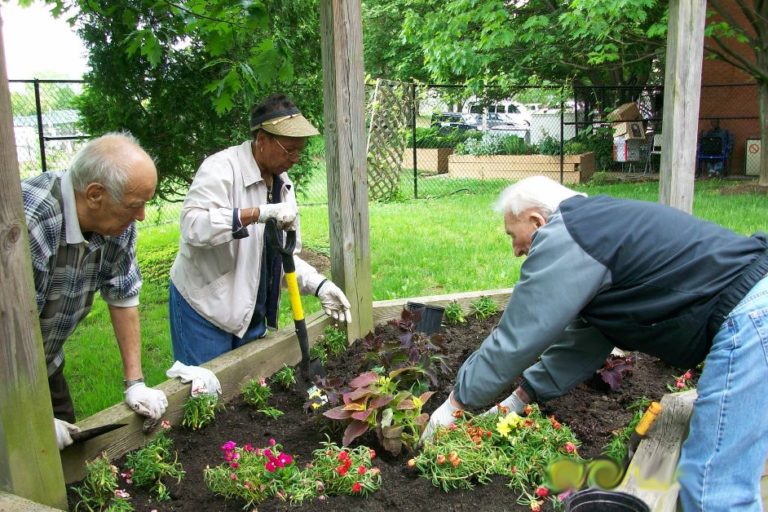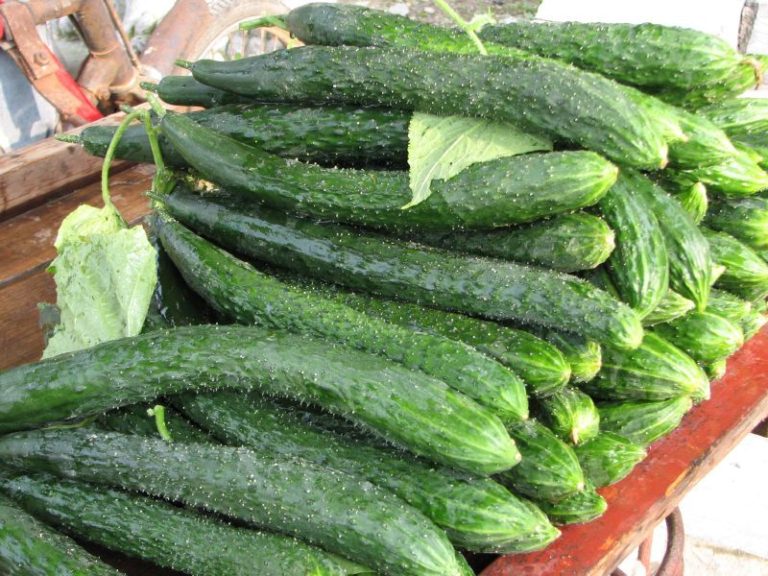How to Grow Sprouts in Jars
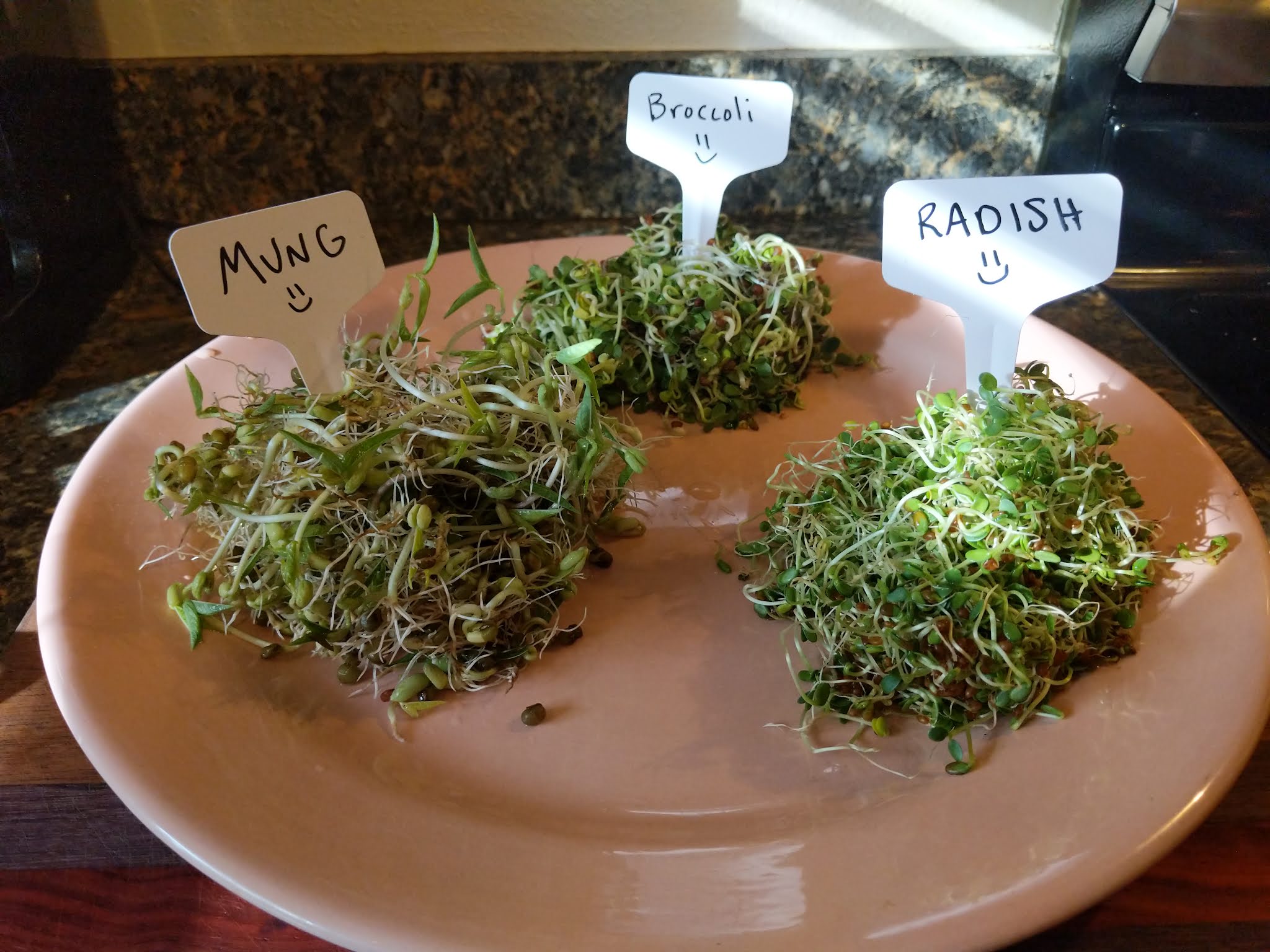
I’m going to start off with a gross factoid: sprouts are one of the biggest culprits behind salmonella poisoning. This surprised me – I always thought that salmonella was more of a thing with raw eggs (don’t get me wrong, it still can be). But, because of the way sprouts grow, they can also be a vector for salmonella and other food-borne illnesses.
I’m a little bit of a germaphobe, so I’m leery of buying sprouts at the grocery store. Irrational? Probably. I eat cookie dough without worrying about salmonella…but let’s not talk about that.
I didn’t want to nix sprouts from my diet altogether, so I learned how to grow my own.
There’s still a small risk of food poisoning eating homegrown sprouts. In sprouts’ defense, there’s also a small risk of getting into a car accident anytime you take a drive, too.
With sprouts, odds are that you’ll be just fine as long stay on top of your rinsing schedule.
For what it’s worth, I’ve been eating homegrown sprouts for years and have never gotten sick. Sprouts are one of my favorite things to grow because they are so dang easy and healthy.
What are Sprouts?
Sprouts are exactly what they sound like – vegetable seeds that have sprouted but haven’t grown into a full plant.
You can grow and eat all sorts of sprouts. Some of the most common sprouts include:
- Broccoli
- Alfalfa
- Mung bean
- Sunflower
- Buckwheat
- Radish
- Clover
- Lentil
- Chickpea
- Soybean
Each sprout will have a different flavor and texture. Radish sprouts are a little spicy, broccoli sprouts taste a bit like broccoli (logical, huh?). Some sprouts, like mung bean and soybean, are a bit bigger and have a nutty texture.
Why Grow Sprouts
Sprouts are the perfect vegetable to grow if you live in an apartment or don’t have a lot of space. Most people grow sprouts indoors. You can even grow them in the dark!
Growing sprouts is a great project for kids – they can be hands-on from start to finish. Sprouts grow quick enough that the kids won’t get bored and lose interest, and it’s fun to for them to watch the seeds grow. If you get your kids involved in growing their own vegetables, they might be more likely to eat them, too!
Growing your own sprouts is healthier than buying them in the store. You have control over the entire process and can take steps to prevent bacterial growth.
Finally, growing sprouts is cheap. A package of sprouts from the produce section is usually $3 or $4. Instead, you can get a bag of seeds for less than $20 and get more than 10 servings of sprouts if you grow your own.
Nutritional Benefits of Sprouts
Sprouts are crazy good for you. They’re a low-calorie source of vitamin C, vitamin B, vitamin K, fiber, and other vitamins and minerals. Depending on the sprout, they can also be high in protein. Kidney bean sprouts have more protein in them than mung bean sprouts, for example.
Specific nutritional content will vary from sprout to sprout since they all come from different plants.
Generally, sprouts:
- Promote good blood pressure
- Contain probiotics for better gut health
- Have anti-inflammatory properties
- Are high in antioxidants
Reducing Your Risk of Food Poisoning
The only way to really prevent food poisoning from sprouts is to fully cook them. I live on the edge, though, and eat mine raw most of the time.
There are a few different things you can do to reduce your risk of getting sick if you plan on eating your homegrown sprouts raw.
- Sanitize your sprouting jars with a diluted bleach solution before sprouting
- Use filtered water to rinse your sprouts
- Rinse your sprouts at least twice a day
- Drain them thoroughly to avoid standing water
- Keep your sprout jars in a cool location
- Wash your sprouts before eating, but wait to wash them until you’re ready to use them
- Eat your sprouts within 7 days
How to Grow Bean Sprouts in Jars
Materials
Dish soap or bleach
Jar sprouting lids (be sure to get the right size – they come in both wide mouth and standard)
Water (filtered or tap, it’s up to you)
Sprouting seeds – I like to buy mine as a kit, that way I can grow a few different sprouts at once
Paper towel

Directions
1. Soak your seeds overnight. I grow two tablespoons of seeds per jar. If your seed packet comes with instructions, follow them.
2. Wash your mason jars with hot soapy water and rinse thoroughly. If you want to sanitize your jars, you can rinse them in a diluted bleach solution of 1 tablespoon of bleach to 1 gallon of water. I’ve never sanitized my jars before growing sprouts, but it never hurts to be extra careful.
3. Put your soaked seeds in separate jars.
4. Screw on your jar sprouting lids.
5. Pour water into your jars, swirl the seeds around, and pour the water back out. Be sure to shake the jar and get as much of the water out as you can. The seeds will clump up on the lid. Shake the seeds back down towards the middle of the jar, making sure that they’re spread as evenly as possible. Set the jar on its side.
6. Repeat this process 2 to 4 times a day. Take some time to really swirl the water around – as the sprouts get thicker, the more they’ll want to clump up. It’s important to rinse them thoroughly.
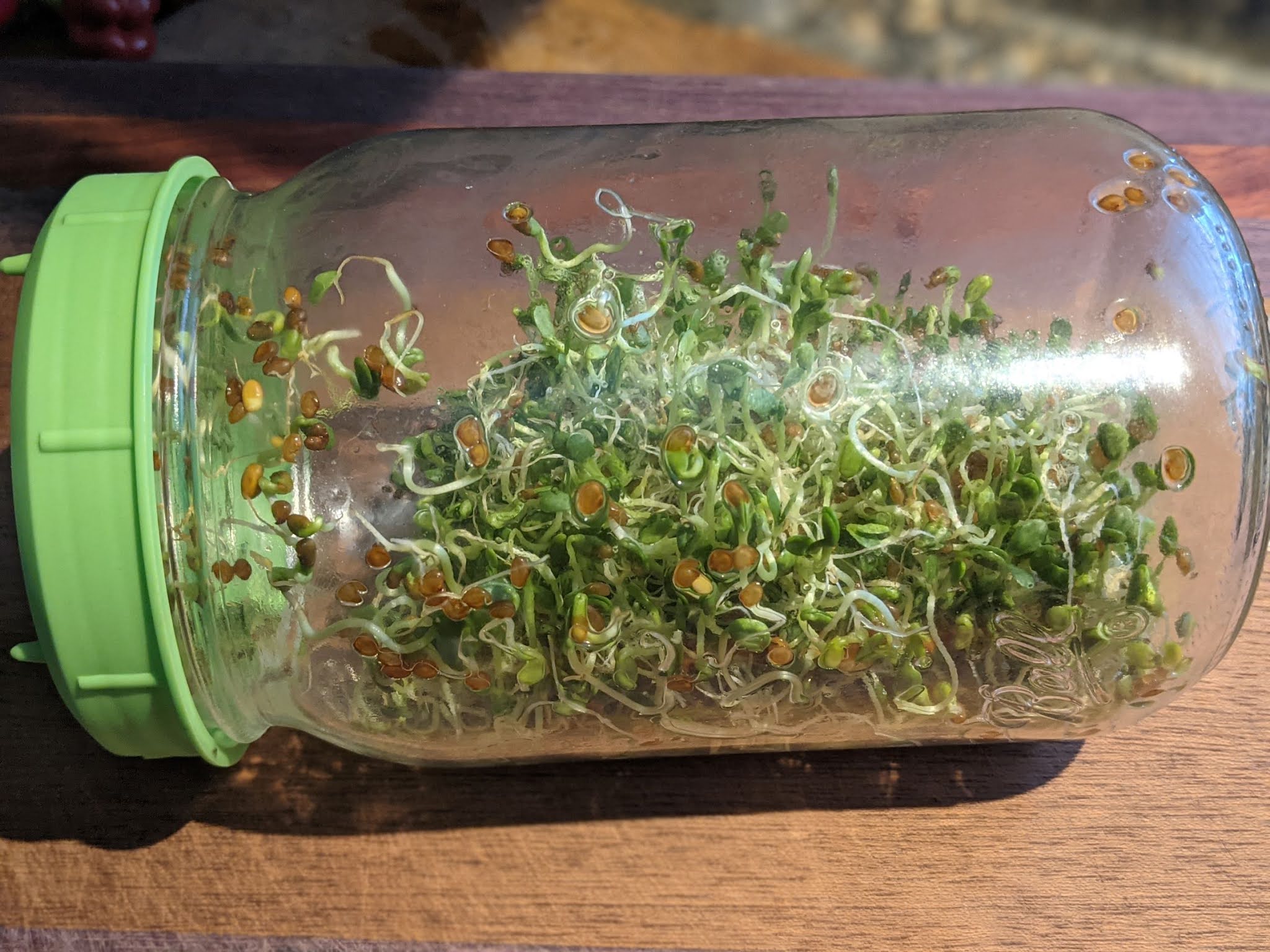 |
| These sprouts are almost done. |
7. Keep your jars in a cool, darkish place. I keep mine on my kitchen counter.
8. Your seeds will be ready in 4 to 6 days. You’ll know it’s time when they’re fluffy, green, and look like the sprouts you buy at the grocery store.
9. When your sprouts are done growing, dump them out onto a clean paper towel and pat dry. Store them in a container in the refrigerator.
10. Wash your sprouts before eating, and enjoy them within 7 days.
Sprout Troubleshooting
Seeds didn’t sprout at all – there were too many seeds in your jar or they didn’t stay moist enough. If you try again with less seeds and they still didn’t sprout, your seeds may be old or bad.
Took a long time for seeds to start sprouting – you may have forgotten to soak your seeds overnight before starting the growing process.
Seeds got moldy or slimy – your seeds stayed too wet for too long. Be sure to drain them well after rinsing. You could also be keeping them in an area that’s too warm.
Sprouts have white, fuzzy growth – as sprouts grow, they form something called cilia hair. This is a sign that your sprouts are a little too dry. Cilia won’t make you sick, and it’s not the same as mold. Mold is slimy and has a bad smell.
 |
| Cilia Hair |
If you see cilia hair on your sprouts, give them a rinse and before you drain the water, let them sit for a few minutes in the water. Then, drain the water out and consider adding an extra daily rinse until the sprouts are done growing.
Sprouts taste bitter – your sprouts grew for too long. Harvest them earlier for a less bitter taste.
Disclaimer : I get commissions for purchases made through links in this post.

